Share
Math Magic
The Isha Way
03 Aug 2024
03:30 am
Read our latest Math Magic blog to discover how we incorporate innovative, hands-on, and activity-based math lessons for our students from kindergarten onwards that are designed to make learning engaging and help prevent anxiety around math.
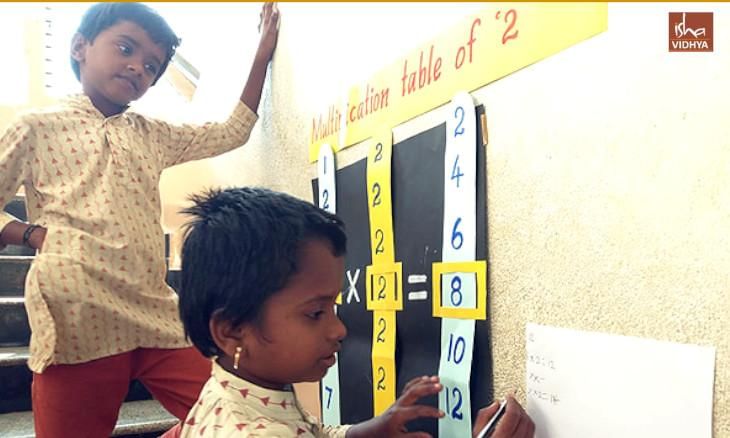
Math anxiety is an unfounded burden our students unwittingly endure, compounded by minimal educational assistance at home. So, we have devised simple, activity-based math lessons from KG onwards that aim to foil such apprehensions.
In this newsletter, read about some of our lessons that make math exciting and easy for our students to comprehend.
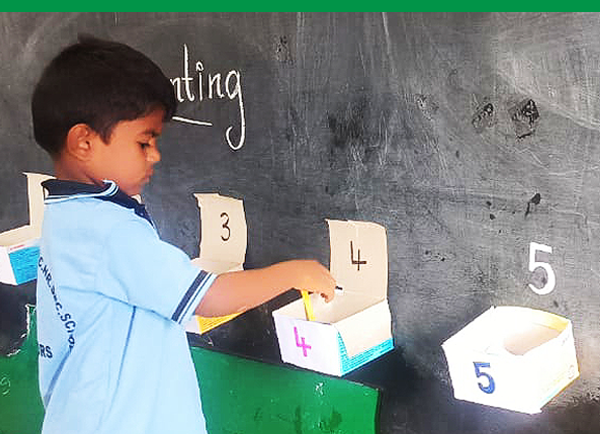
Learning to Count
LKG students of Isha Vidhya Dharmapuri first learned to count, then reinforced their learning by counting objects like chalk, shells, cloth clips, etc., and placed the exact number of items in the designated number box. Doing it by themselves kept them attentive and eager to get it right.
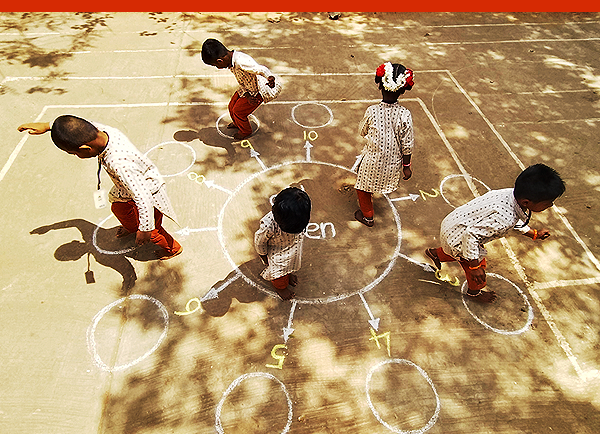
Odd and Even Hopscotch
UKG students of Isha Vidhya Dharmapuri excitedly played on a specially drawn hopscotch design to learn to identify odd and even numbers. They hopped on numbers that matched what their teacher called out and were all game for this lesson!
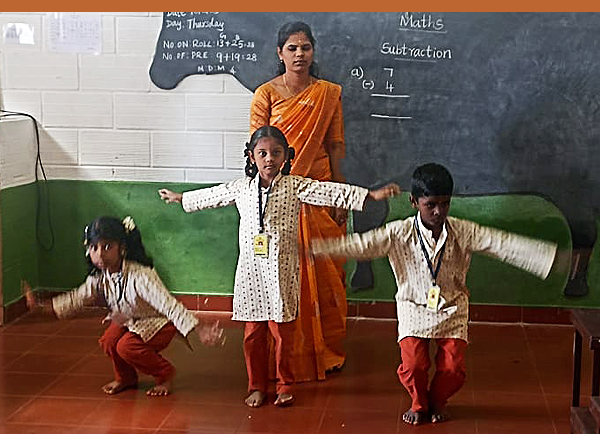
Learning Math with a Story
To teach subtraction, the Class 1 teacher of Isha Vidhya Salem narrated a story in which her students playacted as birds. When four of the seven birds in the story flew away, four students fell out of line, and the class knew the answer to seven minus four. They enjoyed the innovative teaching method and responded well to an oral test after the activity.
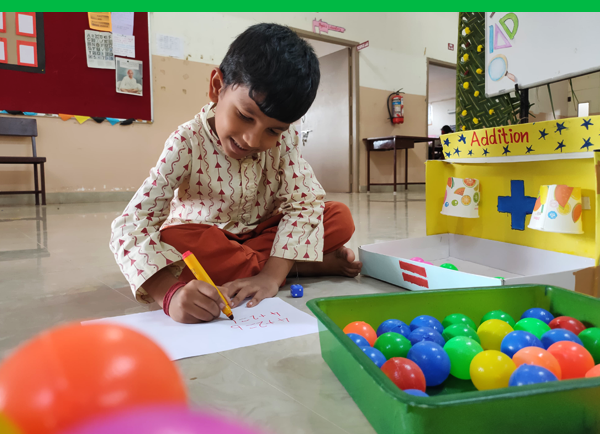
Math Balls
The Class 1 math teacher of Isha Vidhya Dharmapuri made her students roll two different colored dice, record the numbers on paper, count the corresponding number of balls of two different colors, basket them in paper cups, and add up the accumulated balls. This engaging activity helped them learn single-digit number addition playfully.
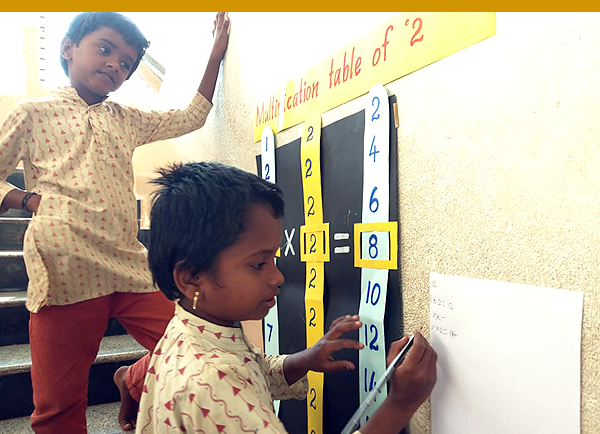
Veranda Multiplication
In a veranda activity, the Class 2 teacher of Isha Vidhya Dharmapuri hung colorful posters of multiplication tables outside the classroom and encouraged her students to practice during class breaks. The novelty of the activity made students curious to explore and learn independently.
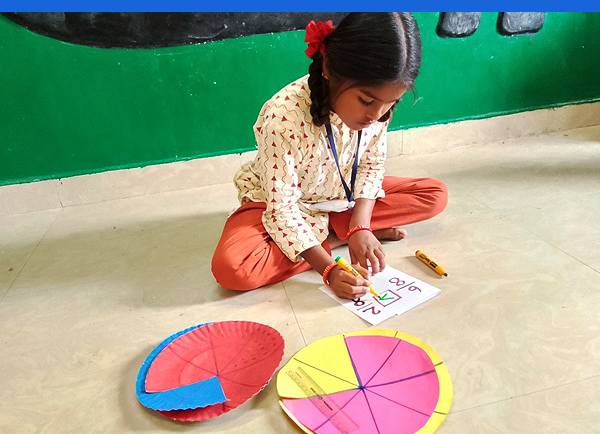
Fractional Paper Plates
Class 3 students of Isha Vidhya Dharmapuri employed paper plates to learn to compare fractions. They marked pie sections on a circle to get clarity about fractions, colored the paper plates, slit them so they slipped into one another, and thus created fractions. By comparing two such fractions visually, they assigned the correct comparative symbol (<, =, >) with ease.

Counting Beads to Multiply
Class 3 students chose a flash card with a sum – e.g., 3x4=12, placed four beads in each of the three bowls, and then counted the beads to know the answer. Thus, they learned that repeated addition signifies multiplication, which helped them assimilate the concept of multiplication.
Tags
Related Stories
Art Matters
31 Jan 2024
02:00 pm
Marlana Carnett, our dedicated art curriculum developer, shares insights into how we nurture creativity in our students. From crafting Papier-Mache masks to painting self-portraits and delving into Japanese art forms like Notan and Origami, discover the diverse art and craft activities that shape young minds and foster a variety of creative expressions.
Isha Vidhya Makes Learning a Joyful Experience
13 Oct 2021
07:23 am
Isha Vidhya exemplifies how academic innovations and fun-filled learning have the power to transform schools into hubs of creativity and innovation. Read on to know more about some very interesting sessions from the large number of creative activities that allow our students learn and have fun too. A string of innovations has helped us keep the students joyful and abreast with their studies, even during the lockdown.
Learning Through Celebration
30 May 2024
08:12 am
Learning at Isha Vidhya occurs in a joyful and spontaneous manner through a festive ambience, innovative arts and crafts activities, and the celebration of students’ special days all contributing to an effortless gathering of knowledge. Read all about it in our latest blog.
Keep In Touch
Get the latest updates on blog and happenings at Isha Vidhya and on the rest of Isha's social work — delivered to your inbox.
